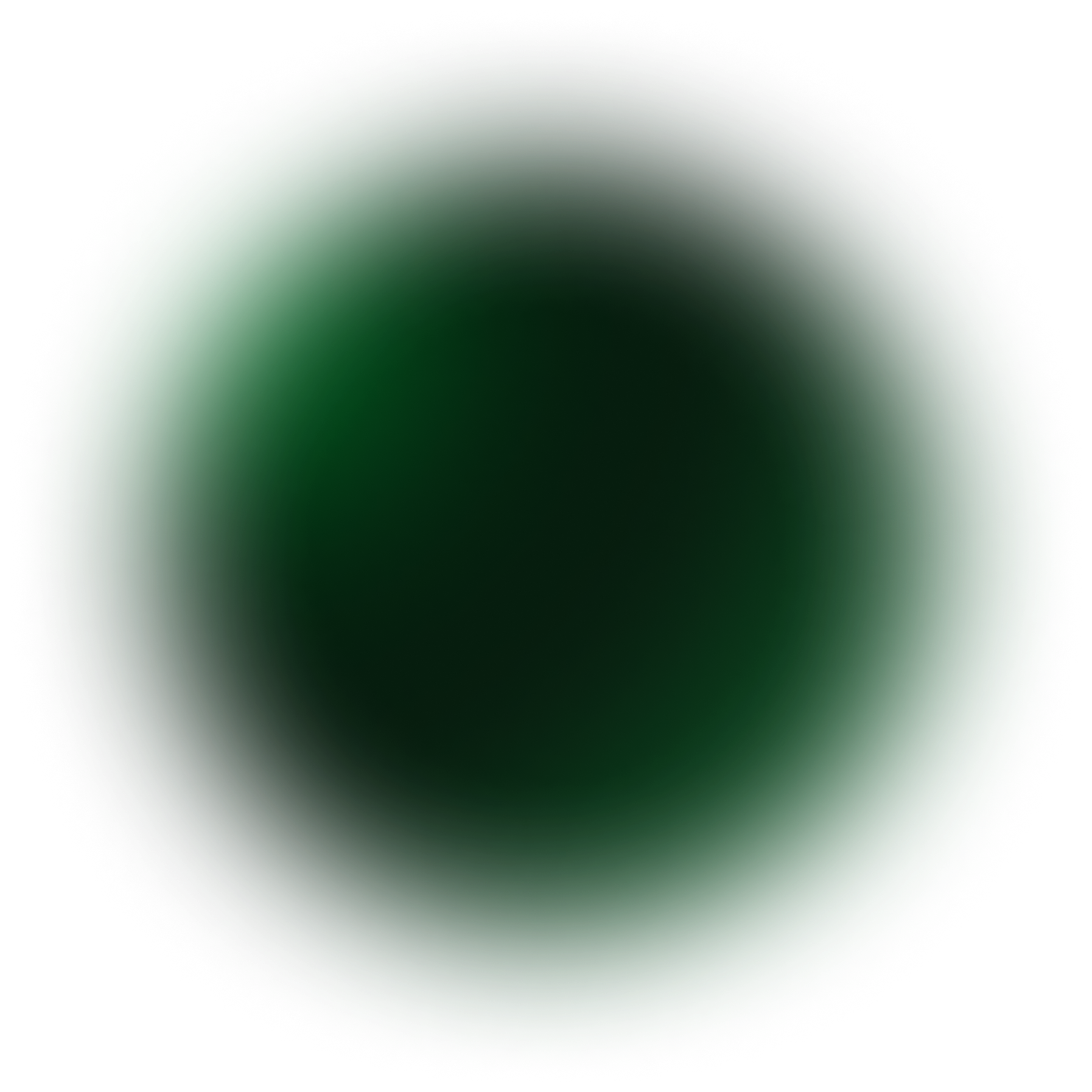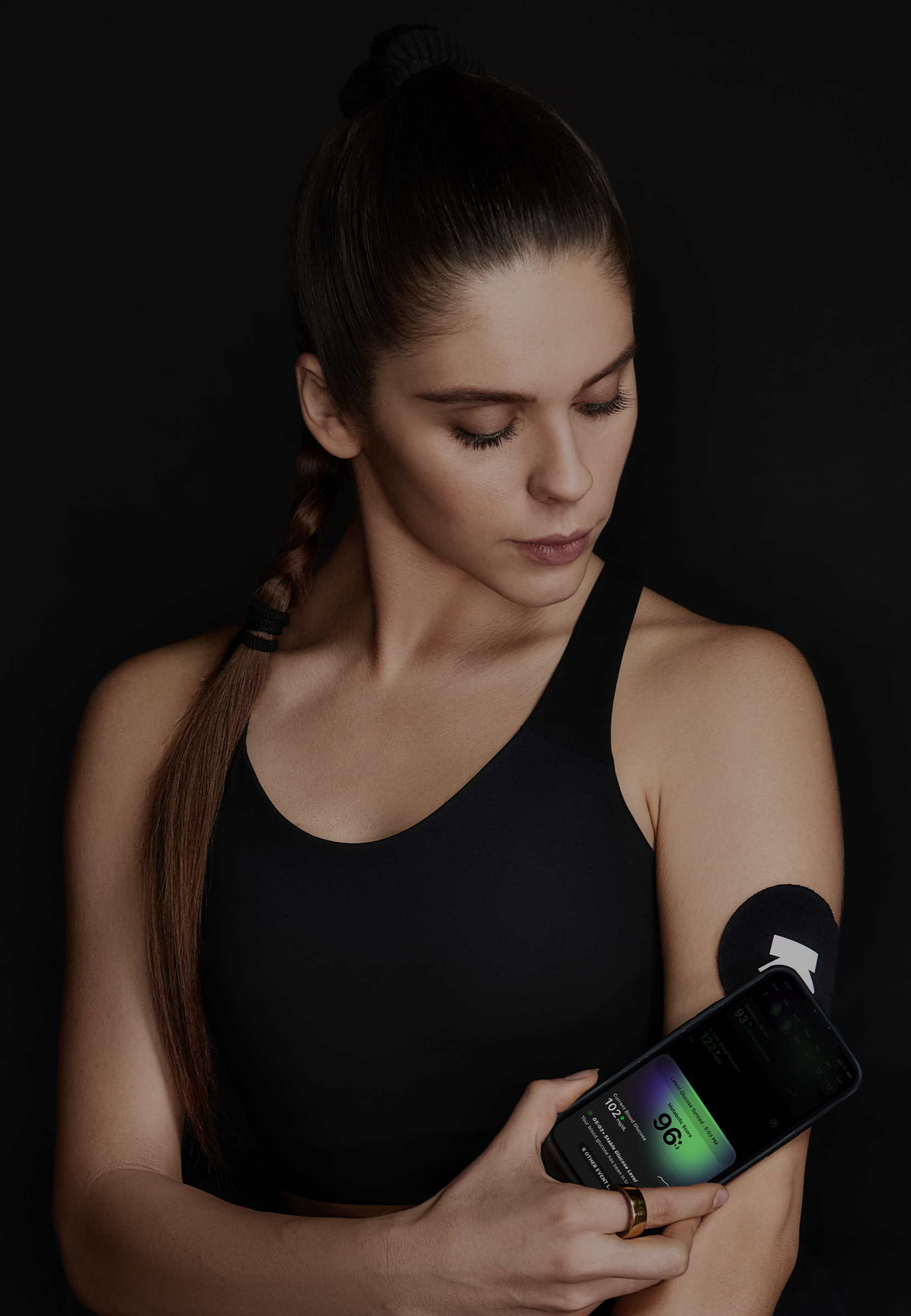
Turkish Roasted Chickpeas (100 G) and Curd (Amul) (1 Serving)
Dinner
96 mg/dL
avg. peak value
Usually has a stable response
Avg. Food Score on Ultrahuman App
Ultrahuman Users got a STABLE response
How to consume curd, turkish roasted chickpeas without glucose spikes
Portion Control
Reduce the amount of curd and roasted chickpeas you consume in one sitting to lessen the impact on your glucose levels.
Increase Fiber Intake
Pair your meal with high-fiber foods like lentils, quinoa, or barley. These can help slow down the digestion and absorption of carbohydrates.
Add Healthy Fats
Incorporate foods that are rich in healthy fats such as avocados, nuts, or seeds. They can help moderate blood sugar spikes.
Include Protein-Rich Foods
Add protein sources like grilled chicken, tofu, or Greek yogurt alongside your meal to help stabilize your glucose levels.
Consider Timing
Consume curd and roasted chickpeas as part of a larger meal rather than on an empty stomach to smooth out the glucose response.
Stay Hydrated
Drink water before and during your meal to aid digestion and help manage blood sugar levels.
Monitor Meal Frequency
Eat smaller, more frequent meals throughout the day instead of large meals to maintain stable glucose levels.
Physical Activity
Engage in light exercise such as a short walk after your meal to help lower blood sugar levels.
Mindful Eating
Practice mindful eating by chewing slowly and savoring your food to help your body process the meal more efficiently.
Regular Monitoring
Keep track of your blood glucose levels to identify patterns and make necessary adjustments to your diet.

Discover
metabolic
health with M1
Ultrahuman M1 helps you measure the impact of food and activity on your body in real time through glucose as a biomarker.
Explore Ultrahuman M1Find Glucose response for your favourite foods
Explore OGDbYour cart is empty
Browse through our products and find something for you.
